Richard Sadler: Coventry post-war photographer 'pre-eminent'
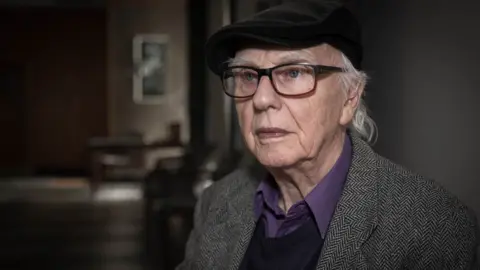 Nicola Young Photography
Nicola Young PhotographyA photographer who captured Coventry's post-war recovery has died at the age of 92.
Richard Sadler lived through the German bombing of the city and documented the rebuilding of the cathedral.
Dr Ben Kyneswood, of Coventry University, said he was "probably Coventry's pre-eminent post-war photographer".
Sadler captured ordinary life around the city and the poverty that remained, despite Coventry's post-war boom.
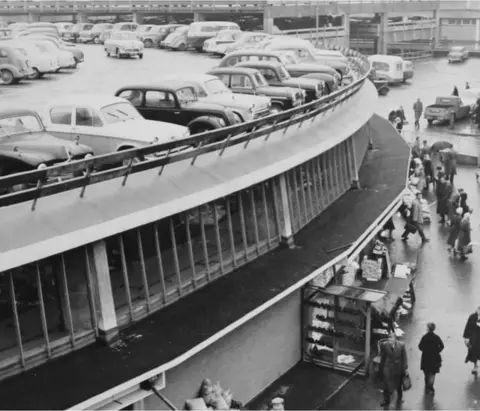 Richard Sadler
Richard SadlerJason Scott Tilley from Coventry's Photo Archive Miners group, described him as "theatrical" an "extrovert" and "one of these characters who came out of that booming city after the war and made a name for himself".
He said Sadler was special because he was a perfectionist. Dr Kyneswood added that because he was a fine art photographer by trade, he was taught to take one photograph at a time and spent a lot of time framing his photos before he took them.
Michael Pritchard from the British Photographic History website said Sadler was "one of British photography's important post-war figures".
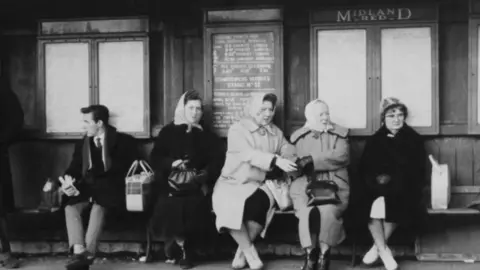 Richard Sadler
Richard Sadler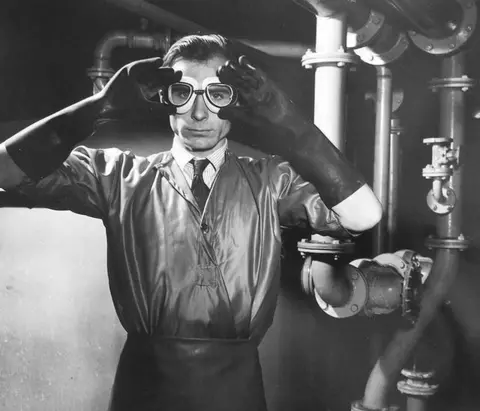 Richard Sadler
Richard SadlerHis most famous image is of the American crime photographer Arthur Fellig, known as Weegee, who visited Coventry in 1963 to promote Zenith cameras.
Copies are held in major collections around the world and Dr Kyneswood explained that Weegee was known for his candid style and for getting right up close to the action, and that's mirrored in this photo.
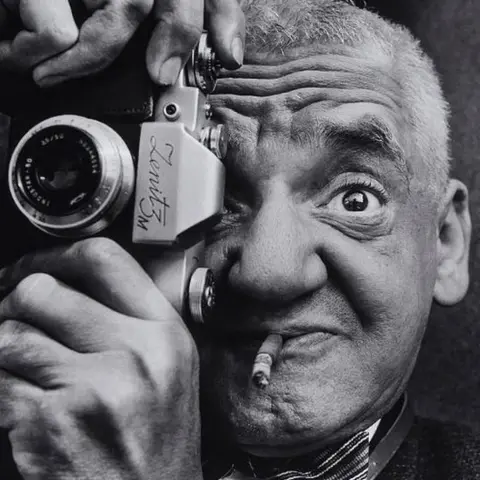 Richard Sadler
Richard SadlerIn his 60-year career, he worked for many of the big local companies, including Jaguar, Wimpey, the University of Derby, Courtaulds, the Royal Shakespeare Company and the Belgrade Theatre.
He also worked with playwright John Wiles on 'Never Had it So Good', a social documentary about the city, performed at Coventry's Belgrade Theatre.
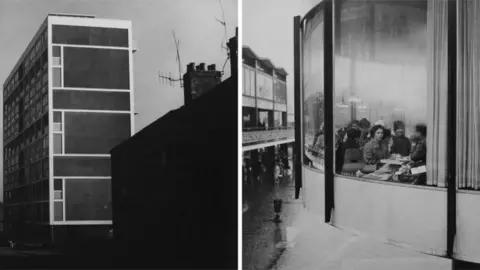 Richard Sadler
Richard Sadler Richard Sadler
Richard SadlerA body of Sadler's work has been digitized by Dr Kyneswood and colleagues as part of the Photo Miners project.
He died at his home in Monmouthshire after a short illness.
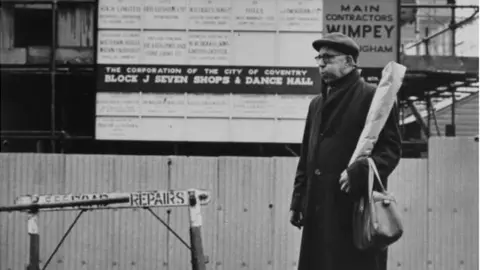 Richard Sadler
Richard Sadler
Follow BBC West Midlands on Facebook, Twitter and Instagram. Send your story ideas to: [email protected]
